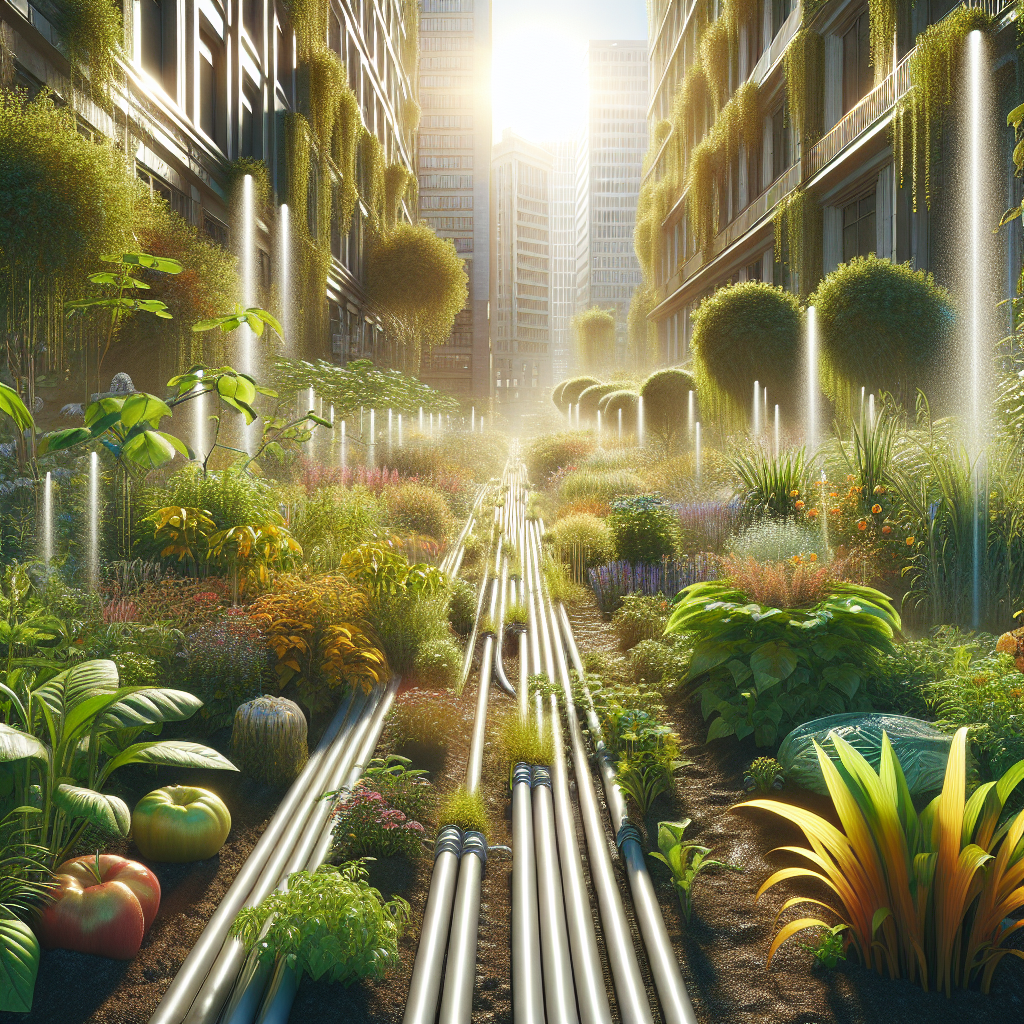Urban gardening has become increasingly popular in recent years as more people seek to connect with nature, grow their own food, and beautify their surroundings. However, gardening in urban environments comes with its challenges, including limited space, poor soil quality, and variable watering conditions. Enter slow drip irrigation, a method of watering plants that can provide numerous benefits for urban gardens. In this article, we will explore the advantages of using slow drip irrigation in urban gardening and how it can help gardeners achieve healthier plants and more bountiful harvests.
One of the main benefits of slow drip irrigation is its efficiency in delivering water directly to the root zone of plants. Unlike traditional overhead watering methods that can lead to water waste through evaporation or runoff, slow drip irrigation allows water to seep slowly into the soil at a controlled rate. This targeted approach ensures that plants receive the right amount of water they need without excess, leading to healthier root systems and overall plant growth. Additionally, slow drip irrigation can help conserve water by reducing waste and minimizing runoff, making it an environmentally friendly choice for urban gardeners.













